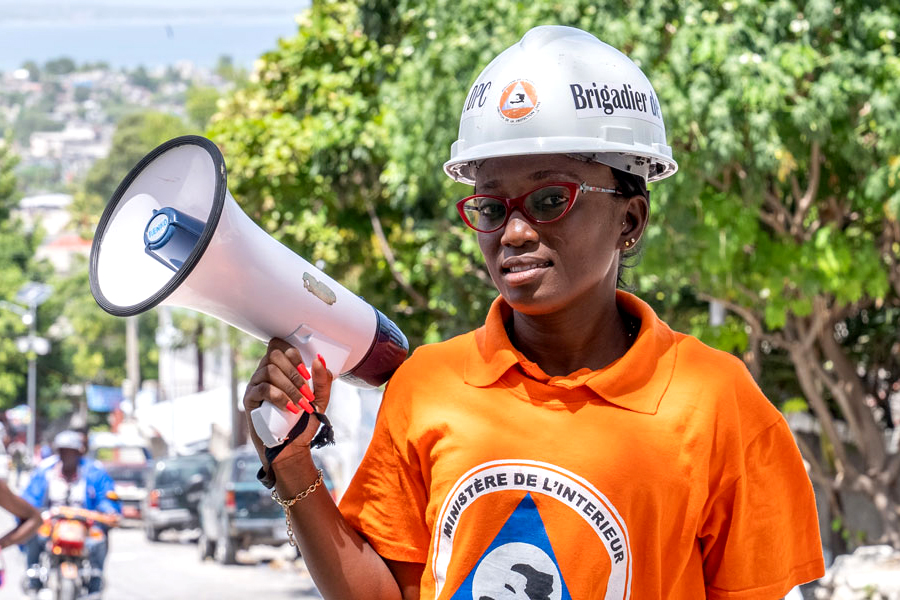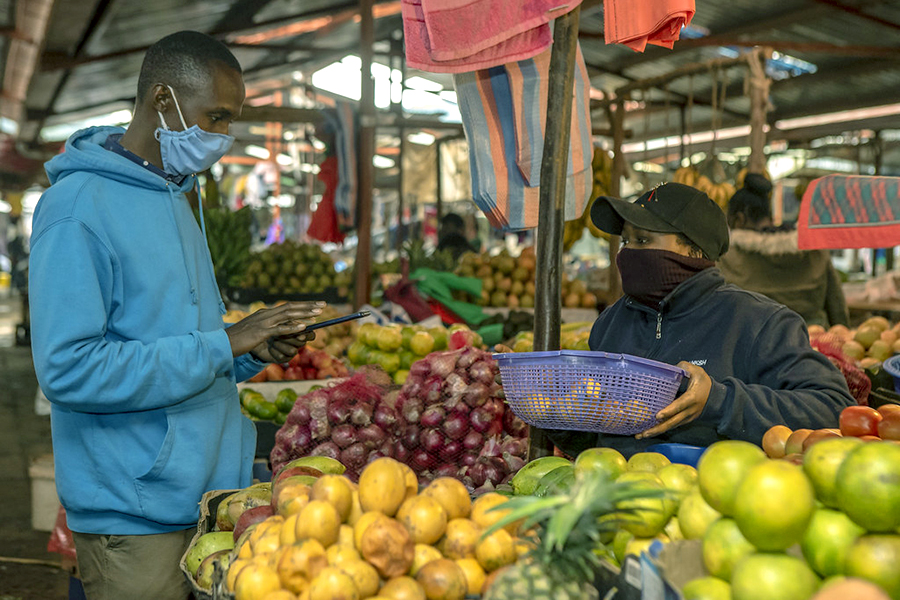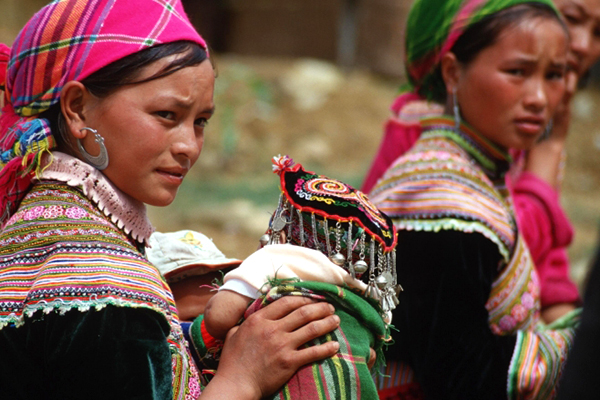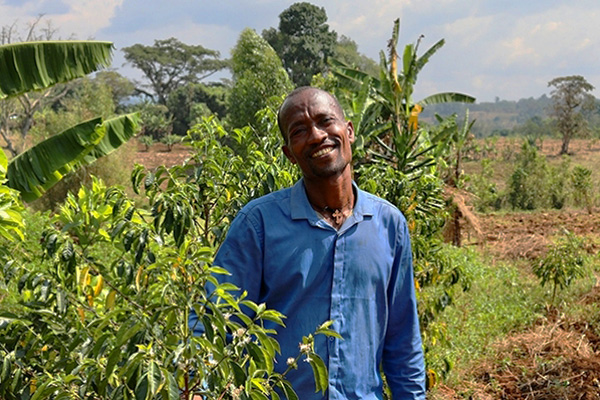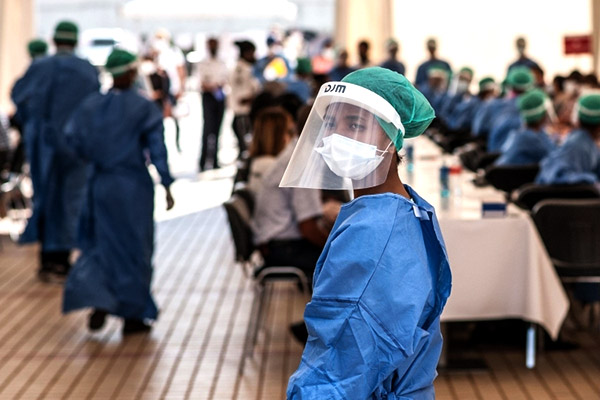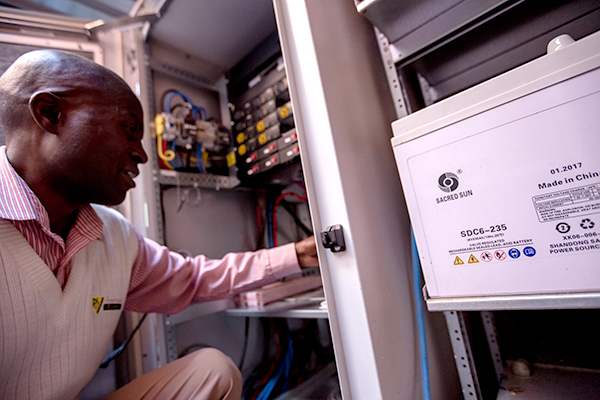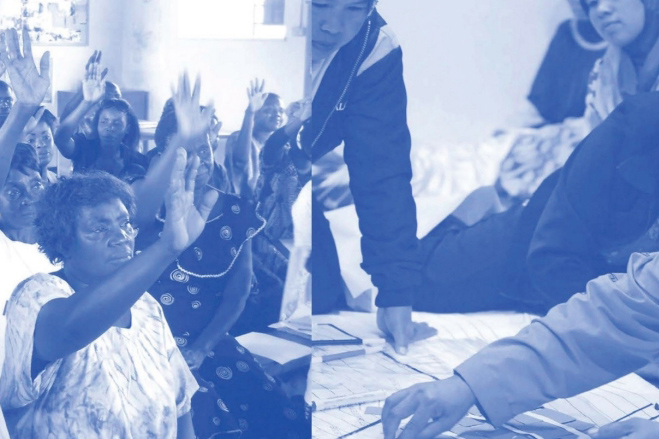Just after the world came together for the landmark Paris Agreement on climate change, the Bank Group unveiled an ambitious Climate Change Action Plan to ramp up financial and technical support to developing countries to step up climate action. The World Bank Group committed to increasing climate finance from 20% of lending in 2016 to 28% by 2020. This target was exceeded each year for the last three consecutive years. In total, over the duration of the Action Plan, the Bank Group has delivered over $83 billion in climate finance.
World Bank
One of the most striking images of the coronavirus pandemic is the contrast between farmers dumping milk, smashing eggs, and ploughing vegetables back into the soil and consumers facing empty store shelves and long lines at food distribution centres. How is it possible to have over-abundance on one hand and scarcity on the other? The World Bank argues that the digital revolution can accelerate the shift towards a more sustainable food future by collecting, using, and analysing machine-readable data.
Everyone Equal: Making Inclusive Growth a Priority for Ethnic Minorities
The World Bank assigns the world’s economies to four income groups—low, lower-middle, upper-middle, and high-income countries. The classifications are updated each year on July 1 and are based on Gross National Income (GNI) per capita. In each country, factors such as economic growth, inflation, exchange rates, and population growth influence GNI per capita. To keep the income classification thresholds fixed in real terms, they are adjusted annually for inflation.
The Africa Human Capital Plan sets out clear targets and commitments to boost Africa's potential through its human capital.
Ethiopia’s Kafa zone is known as the birthplace of wild Arabica coffee.
Two farmers in Ethiopia share their story on how looking after the land strengthens communities and helps biodiversity.
If you take care of the land, it will take care of you, says Tsefaye Kidane, a coffee farmer in southwest Ethiopia. When he took over the farm from his father, Kidane said the soil quality was poor and crops erratic, their irregularity exacerbated by the ravages of climate change and decades of land degradation. With support from the World Bank, Kidane has turned the situation around. He has addressed soil erosion with a host of measures, including terracing the steep landscape.
The World Bank is committed to help countries respond to the health emergency, contain economic damage, and start planning for long-term recovery. We have set up fast-track financing for COVID-19 response efforts and have these underway already in over 60 client countries. Through a combination of new projects, restructuring and emergency components of existing projects, and deployment of our disaster finance instruments, we expect our COVID-19 work to reach 100 countries.
The economic effects of suspending almost all activity have immediately impacted the world’s commodity markets and are likely to continue to affect them for months to come as countries contend with the health emergency of the COVID-19 pandemic. The World Bank warns the pandemic has the potential to lead to permanent changes in the demand and supply of commodities, and especially to the supply chains that move those commodities from producers to consumers.
Learn about the definition of human capital and explore how different countries are taking on the critical role of investing in education, health, and resilience.
World Bank teams make significant progress on the response to the COVID-19 pandemic. Beyond the health impact from the COVID-19 pandemic, a major global recession is expected. The World Bank is finalizing projects in 60 countries under the $14 billion Fast Track Facility. Additionally, Board approval is expected to provide grants, credits and loans of $2 billion covering a wide range of developing countries. In parallel, proposed financing for operations that will help prevent, detect, and respond to the public health threat posed by COVID-19 will expedite emergency efforts.
Worldwide, 80% of the wastewater is released to the environment untreated. Wastewater is often seen as a burden rather than a valuable resource.
The Handbook for Gender-Inclusive Urban Planning and Design seeks to respond to these urgent questions: how might we design and plan cities that work well for everyone? What would such a city look like, and how would we go about creating it?
Access to clean water remains a struggle for many of the poorest households in rural areas.

